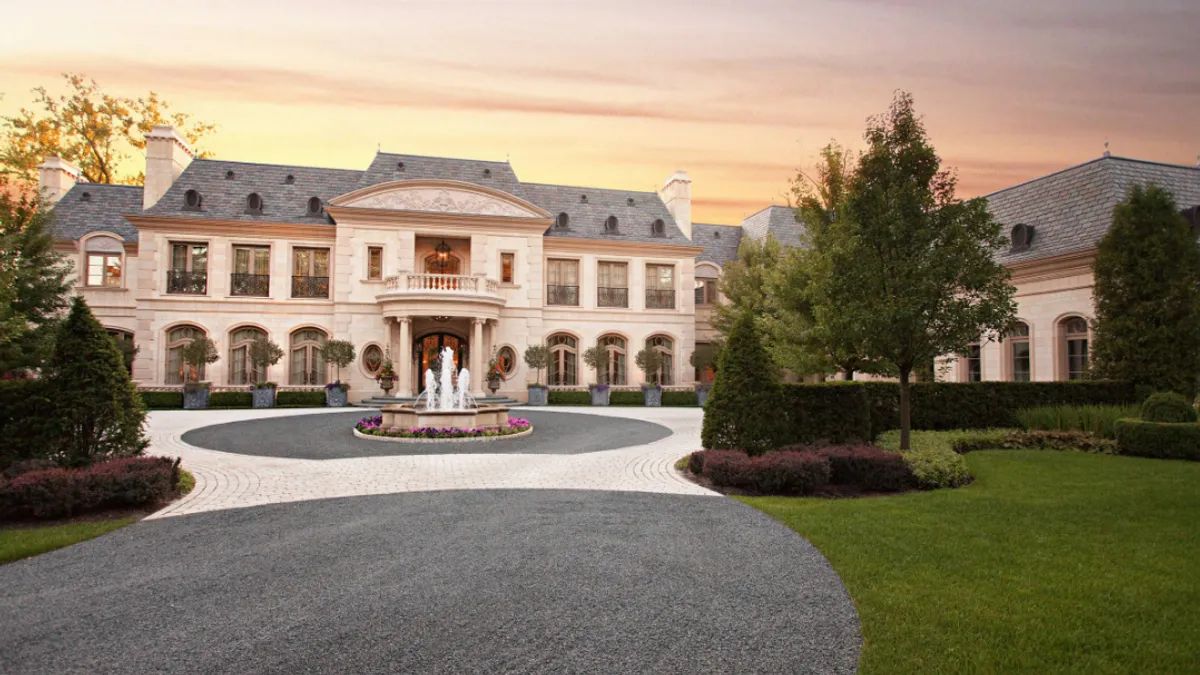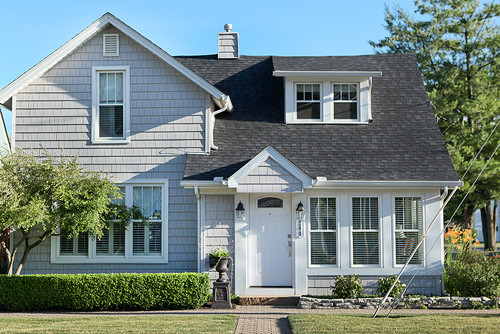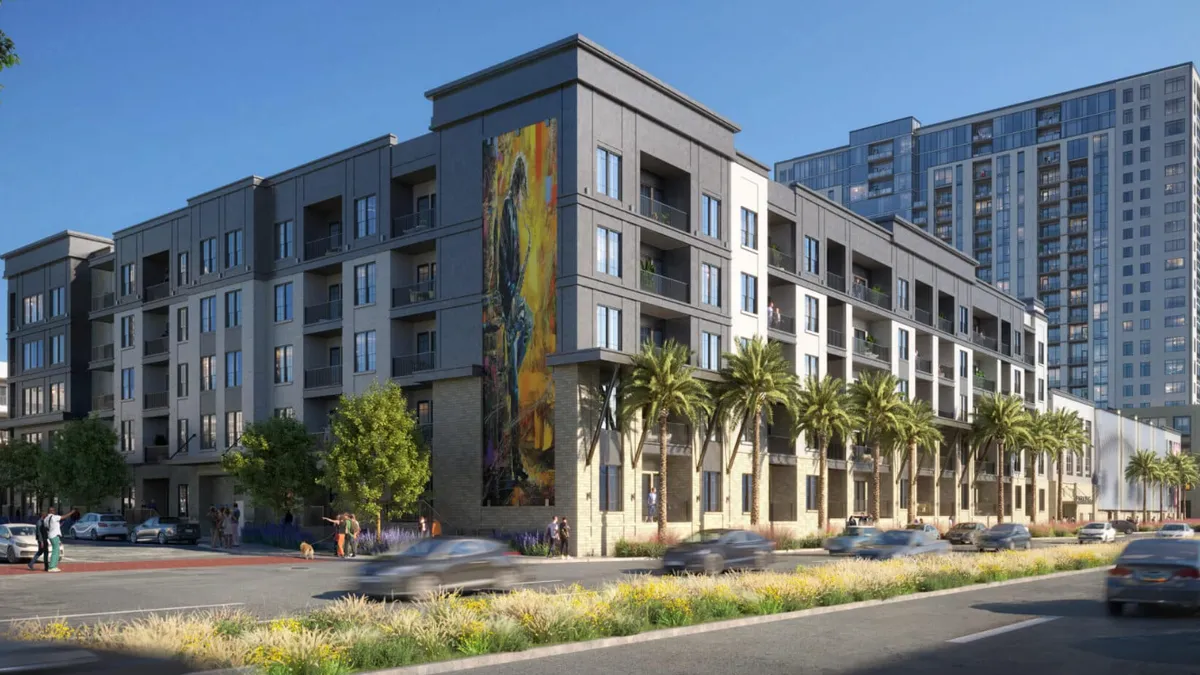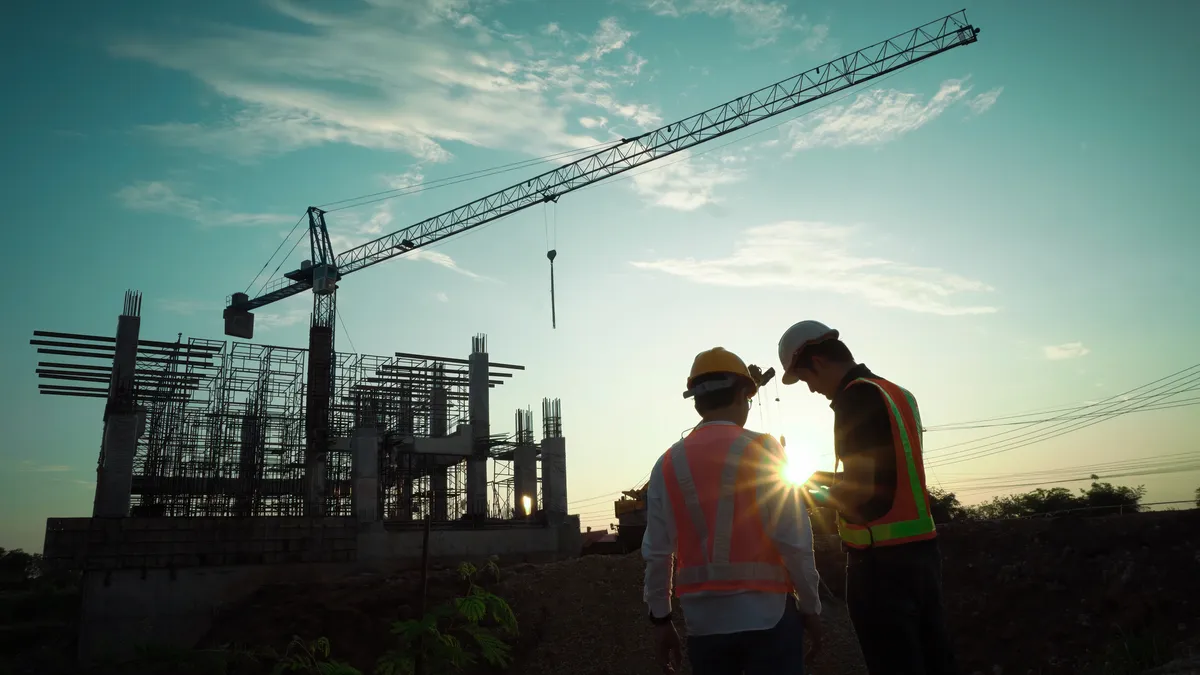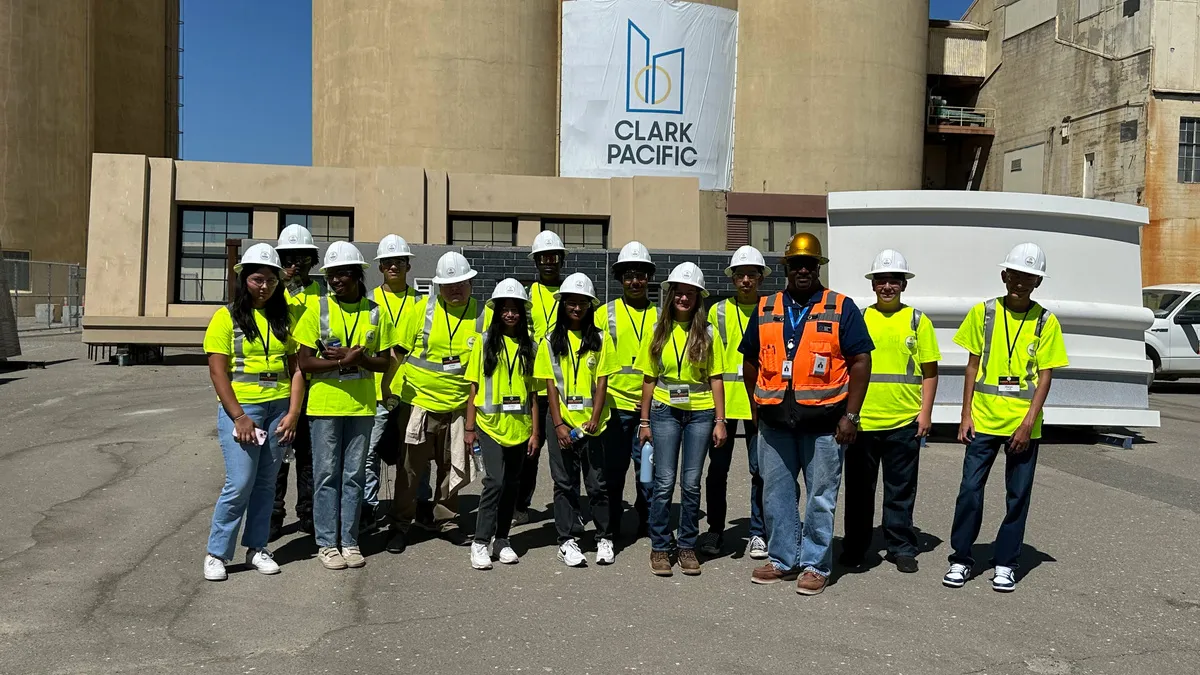Editor's Note: The following is a guest contribution from Houzz, a leading platform for home remodeling and design.
Since the Great Recession, more new homes have been selling at what Houzz calls the extra-large size: 4,000 square feet or bigger. Given that many Americans suffered financially during the recession, that might be surprising. Wouldn’t it make more sense for home sizes to go down during an economic downturn, not up? Here’s why new homes have been trending in the opposite direction of what you might expect.
New home sales are down, but more of those homes are big
First, let's go over some numbers. Fewer new houses are selling these days than before the recession, which began with the economic and housing crash of late 2007 and lasted until mid-2009. In 2005, a year before the peak of the housing bubble, new homes were practically flying off the market at a rate of 1.283 million per year. Last year, they sold at less than half that rate. In other words, new homes are selling at a much lower volume than a decade ago.
As the total number of new home sales has come down, the proportion of these homes that fall into the large category has gone up. In 2005, homes 4,000 square feet and up accounted for 7% of new home sales. A decade later, in 2015, homes 4,000 square feet and up claimed 11% of new home sales.
On the flip side, a smaller share of the new homes selling today are 1,400 square feet or less. In 2005, 9% of new homes sold were 1,400 square feet or smaller. In 2015, 4% of new homes sold were that size.
To look at it another way, in 2015, nearly three times as many extra-large new homes (11%) sold compared with small ones (4%). However, more homes sold in 2005 overall, so the number of large homes sold that year was greater (about 90,000) than in 2015 (about 55,000).
Related story: For Clients: 7 Steps to Create a New Home
Why Is This Happening?
The reasons for this phenomenon have to do with simple economics, both for homebuilders and home buyers.
In recent years, builders have focused on building larger homes because they have the financial incentive to do so. Builders were only building luxury, high-end homes because those were the sure thing, said Nela Richardson, chief economist at Redfin, a real estate data firm and brokerage. Not only did wealthier buyers have the money to purchase homes, but they were also the only ones who could qualify under tighter mortgage standards.
Other factors in the construction industry have amplified this tendency. Lot availability has declined,” said Nino Sitchinava, principal economist at Houzz. As lots become more scarce and expensive, and construction costs go up, builder margins get squeezed. It makes economic sense for developers to build larger homes, she said.
Also, foreclosures continue to occur, and homes that are foreclosed tend to be small- to medium-sized. Although the distressed sales rate has come down, it's still about 23,000 per month, according to Attom Data Solutions, which tracks foreclosures. That’s more than twice the rate in 2000. With so many small- and medium-sized homes going through foreclosure and becoming available on the market at a low rate, builders lack incentive to build small homes, Sitchinava said.
The result is not enough supply on the more affordable spectrum to meet the demand. As a result, prices of starter homes and small homes are rising at a faster rate than prices of larger, more expensive homes.
Between 2012 and 2015, prices for the most affordable one-third of homes (existing and new) rose 38%, while the number of homes for sale in that group fell 39%, according to Redfin. Among the highest-priced one-third of homes, prices rose 23% and supply rose 36% during that period.
Trulia's data on the nation's largest 100 metros shows the supply of for-sale homes down 38.6 percent from four years ago. The supply shortage is most striking for starter or trade-up homes.
Related story: 10 Reasons to Love a Not-Big House
A Ray of Hope
Better news, though, came in the form of a recent housing report on new home sales. The report revealed that buyers bought new homes at an upward-revised annual rate of 659,000 in July 2016, the fastest pace since October 2007 (updated to reflect the revised numbers from the August 2016 report). Builders have been putting up more new homes as well, at a rate of 1 million new homes per year — though that’s still below the roughly 1.5 million annual starts the country saw from the early 1980s to 2007.
Not only are there more new homes being built as the housing market recovers from the recession, but the average sales price of a newly constructed home also dropped to an adjusted $293,100 in July 2016 from $320,700 in June. That could very well be because builders have begun to build smaller, more affordable homes.
Related story: Find Trends in Project Costs and Size Among Fellow Home Builders


